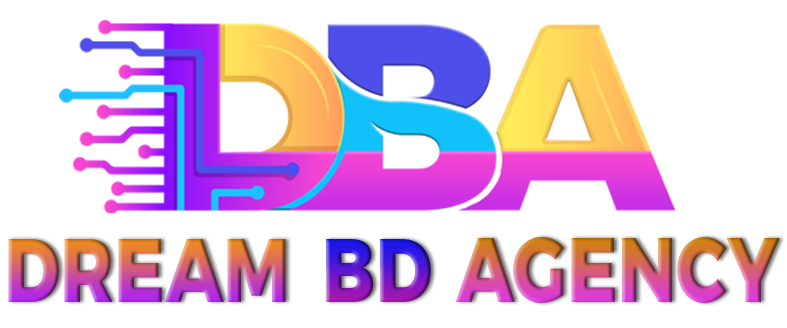Graphic design is a process of combining text, photographs, and other graphical components to create pieces that get a message across effectively. It’s a process of applying one’s knowledge and artistic talents to design a visible material for marketing, branding, entertainment, or learning purposes.
Graphic design is merely making a message visually pleasing and easy to get across. It’s a union of functionality and creativity, making a message not just pleasing to view, but also understandable.
The Importance of Graphic Design
The use of graphic design to affect our view of the world visually is huge. Here’s why it’s such a large deal
1. Effective Communication: The intricate concepts get smoothened by converting them to easy to get across pictures, making it a key to communication, predominantly in marketing, business, and learning.
2. Brand Identity: The perfectly done logo, color, and typography give brands their unique character. Graphic design enables companies to be different, gain credibility, and get their message across to their patrons.
3. Attraction and Interaction: People get attracted to pleasing design. Be it social media, a website, or printing material, a pleasing design is attractive and stimulates interest.
4. Professionalism: Great graphics design can make a company, be it a small company or a large business entity, professional-looking, giving it a neat and integrated visual identity.
Types of Graphic Design
There are various specialties in the wide profession of graphic design. Some of the most common types of graphic design are:
1. Visual Identity Design: Logos, color, typography, and brand material constitute it. It gives a brand or a company a visual identity.
2. Marketing and Advertising Design: Flyers, posters, banners, social media ads, and other marketing material that sells a product or a service is designed in marketing and advertising design.
3. Web and Mobile Design: Designers design layout and interfaces of websites and applications in web and mobile design, designing on user experience (UX) and user interface (UI) design.
4. Packaging Design: The design of packages that are aesthetically pleasing to the eye and useful to commodities is packaging design. Food packages or product boxes can be it.
5. Publication Design: Design and layout of books, magazines, newspapers, and other printing material is publication design.
6. Environmental Design: Environmental design is designing actual places and spaces such as signs, exhibitions, and exhibition displays.
7. Motion Graphics Design: The moving graphics such as animations, video titles, and explanatory videos are created by motion graphics designers. This is a form of graphic design that is used in advertising, entertainment, and online media.
Tools Used in Graphic Design
There are many tools that graphic designers use to execute their visions. Some of the most utilized tools are:
- Adobe Creative Suite: The software such as Photoshop (for photo editing), Illustrator (for vector work), and InDesign (for layout design) is utilized heavily in the profession.
- Sketch: One of the widely used tools in designing web and mobile interfaces.
- Canva: One of the simple tools to use when designing social media graphics and basic designs.
- CorelDRAW: Another software for vector graphics design to design illustrations and brands.
Conclusion
There is more to making something aesthetically pleasing than just that—it’s creating imagery that speaks, engages, and has impact. Whether you’re designing a brand, marketing a product, or just designing something to post up on your social media or company website, graphic design plays a key role in ensuring that message is communicated to that desired audience in a compelling manner.
If you would like to get more engaged in the realm of graphic design, the start is to get familiar with different types of design and design elements that you can relate to. The more you know and get more practicing, you will begin to know just how powerful design is in framing perception and telling stories.
